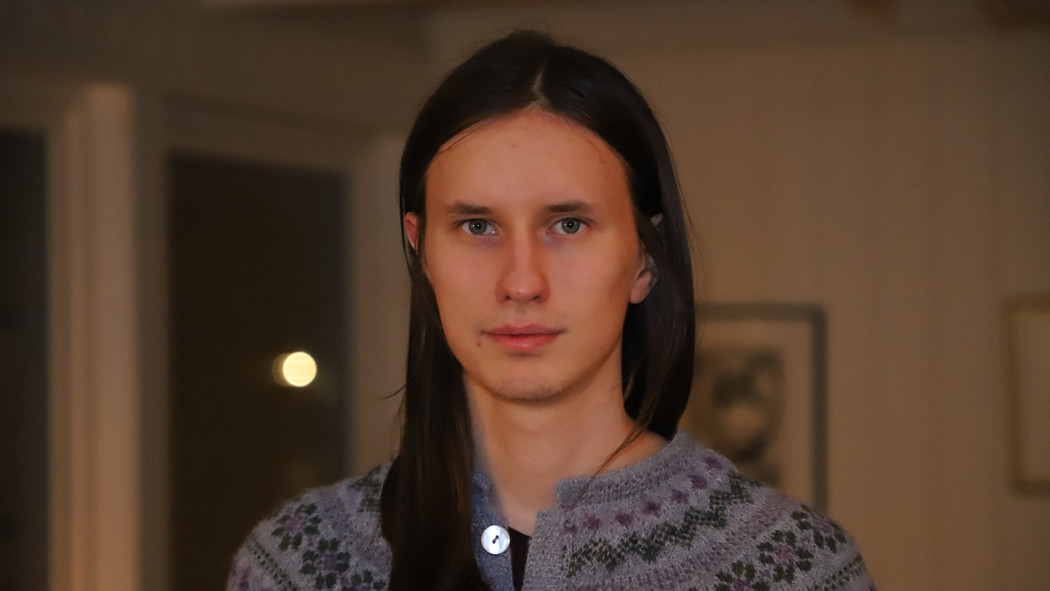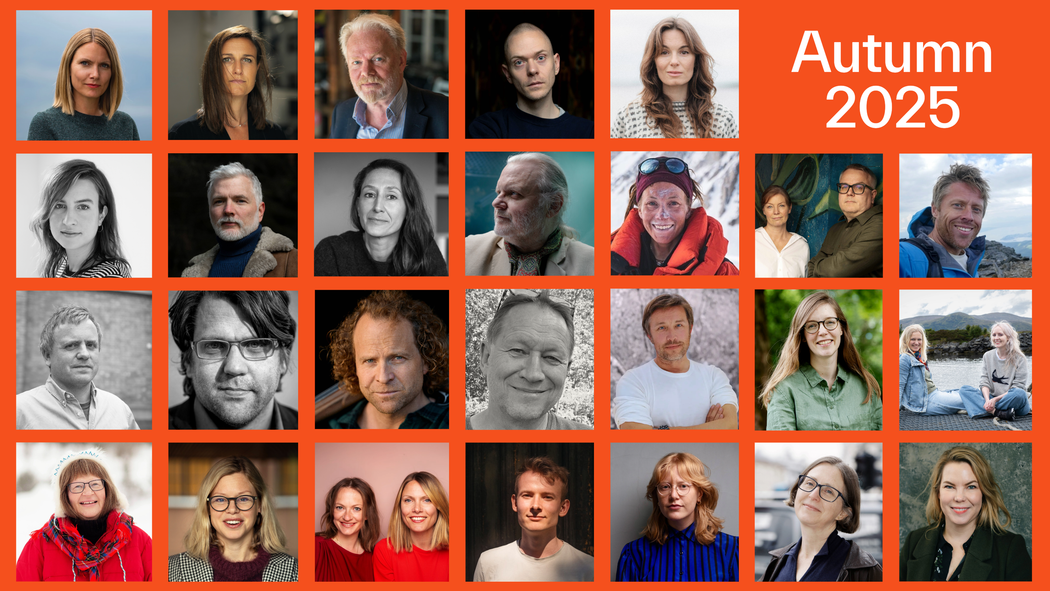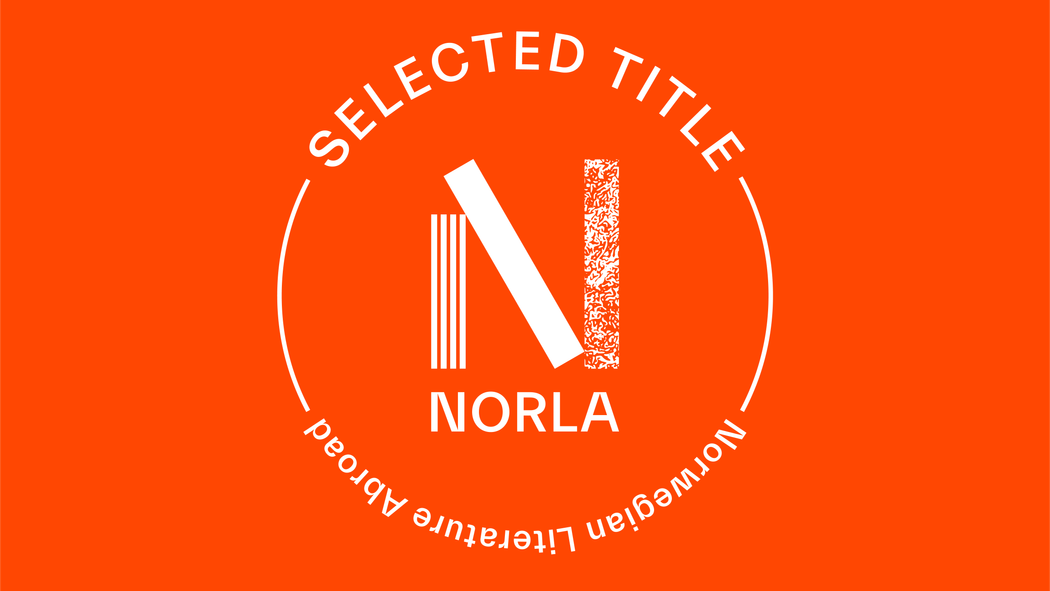Norwegian Top 10 under 35
The acclaimed Norwegian newspaper Morgenbladet and the Norwegian Festival of Literature has made a decision on who´s the best authors under the age of 35.
The first ‘top 10 under 35’-list was made in 2004, and the chosen authors make up a selection of voices that are still important today.
This time the jury is comprised by associate professor Tonje Vold, authors Jan Kjærstad and Inger Bråtveit, poet and literary critic Espen Stueland and literary critic Bernhard Ellefsen.
The jury states that the list reflects a vital and varied literary culture.
See the list and read the jury’s statement below.
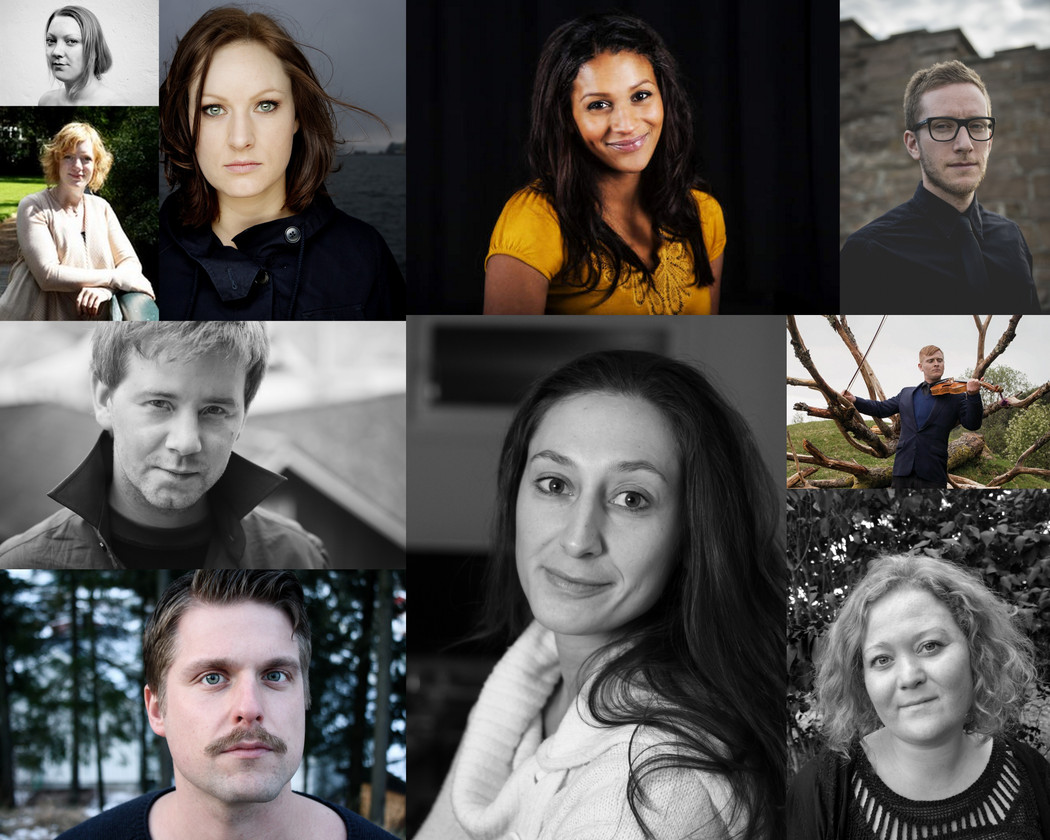
Lisa Aisato

Lisa Aisato has since her debut in 2008 developed a distinctive and sophisticated picture book idiom. She communicates existential themes for children through stories that allow for a number of readings.
Aisato’s works have been translated into several languages, and this year she was nominated for the prestigious international HC Andersen prize, and last year for the ALMA prize (Astrid Lindgren Memory Award).
Norwegian picture book creators have long been at the forefront with regard to challenging genre conventions and allowing image and text to interact in innovative ways. Aisato’s work can be viewed as falling into the tradition of Stian Hole, Øyvind Torseter, Svein Nyhus and Fam Ekman in her exploration of the picture book’s potential as a text communicating through multiple modalities. But Aisato’s style is simultaneously too unique to permit any simple categorization within a tradition for which the above authors have paved the way.
The interaction between images and text gives Aisato’s stories an exceptional dynamic and sensitivity. The illustrations often unite beauty and fragility with the grotesque or deviant. The compositions are characterized by an imaginative and steady alternation between different perspectives, palettes and framings. The images can highlight suspense, humour and momentum, only to suddenly bring the pace to a halt, slowing everything down.
Aisato’s books address themes of belonging and processes of transition and do not shy away from subjects such as death, falling in love or painful estrangement. Different layers of meaning are activated through motifs young readers will recognize and can linger over. In Mine to oldemødre (My Two Great Grandmothers) (2008; 2014) the parents’ euphoric love story has produced both the narrator and connections between two great-grandmothers, from Norway and Gambia, both of whom love the sea. Here it is the Gambian conch shell the narrator listens to, as a concrete expression of the echo of stories that resonate within us and that can be both simultaneously distant and close at hand.
The books often explore the nature of language and the character of the story’s visual expression. The claim of the title Odd er et egg (Odd is an Egg) (2010) can be read both metaphorically and literally. When anxious Odd with his mother-hen mum and egg-shaped head develops a blushing crush, he turns into a hard-boiled version of himself, prepared for life’s challenges. Fugl (Bird) (2013) is about a girl who becomes a bird and can be read simply as such, but also as a story about the ambivalency of puberty for a young girl and the joy of individuation.
Belonging and language are the themes of En fisk til Luna (A Fish for Luna) (2014). Luna is trying to capture a foreign-language speaking fish shaped like a balloon, which floats past her window in the city night, and she must help it find its way home. It turns out that the fish isn’t looking for the ocean, but for the moon, la luna: How can one know where those we meet belong? For this publication Aisato was nominated for the Norwegian Critics prize and the Brage prize.
Aisato is a leading-edge author who follows her own drummer. Her uncanny, humorous, homely-yet-comely, and poetic picture books for children afford readers ample space for asking their own questions: about family history across continental divides, about how it feels to be terrified and to love somebody, about being transformed, wanting something different, about homesickness, and about how one understands text and images.
Read more about Aisato on Gyldendal Agency’s homepage.
See NORLA’s presentation of her picture book “A Fish Named Luna”.
See the author’s homepage (in Norwegian) here .
Eivind Hofstad Evjemo
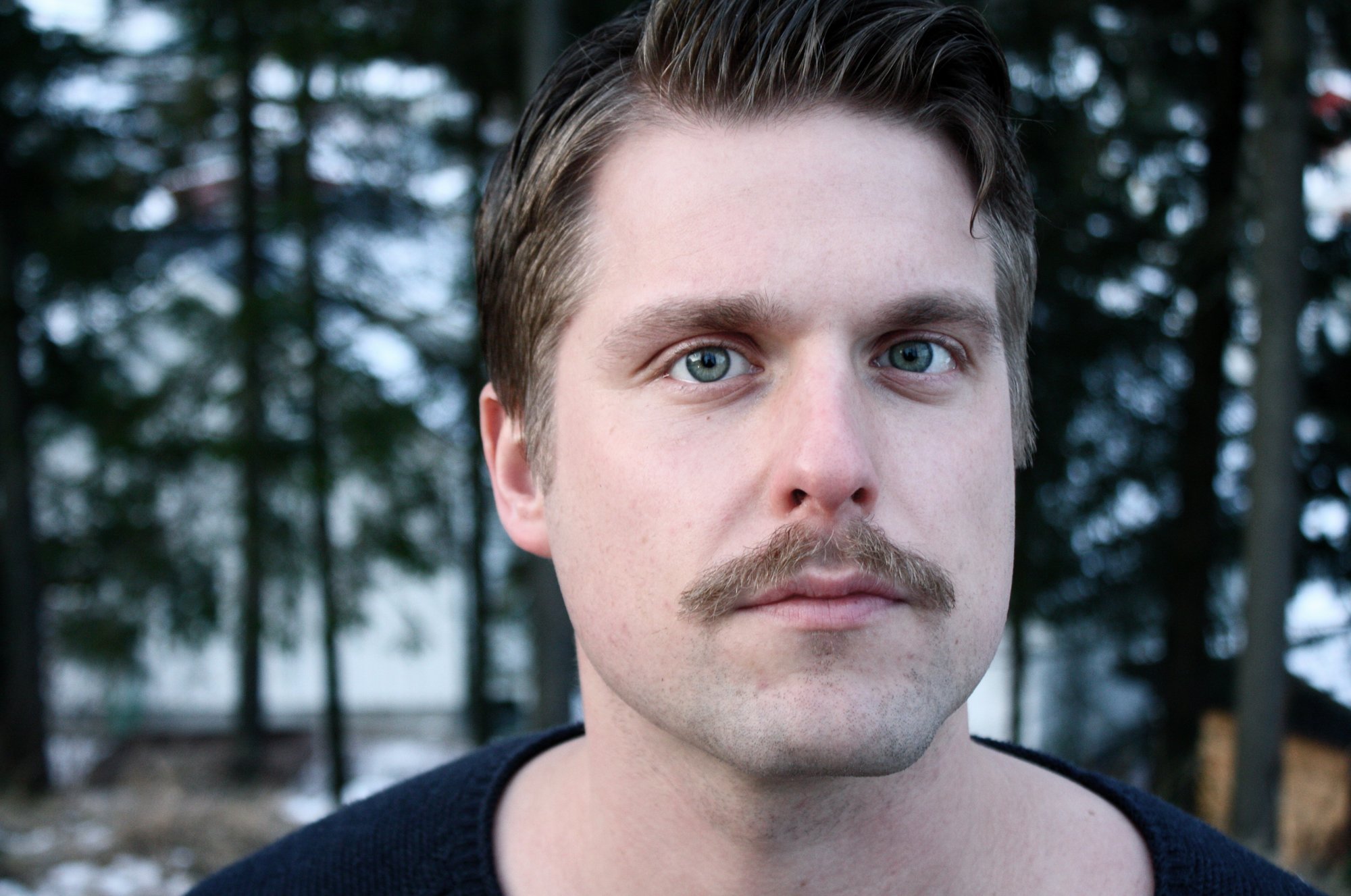
Already in the first paragraph of Eivind Hofstad Evjemo’s debut novel Vekk meg hvis jeg sovner (Wake Me if I Fall Asleep) (2009) we find a description of the sky that promises a work by an author to be reckoned with: “The outline of passenger planes that had long since flown away remained in some places, which gave the sky the aspect of a blue chalkboard, upon which only a few broken chalk marks were left behind after in distraction the teacher had erased an arithmetic problem towards the end of the day.” The ability and desire to chisel out turns of phrase producing simultaneous recognition and surprise is Evjemo’s strongest characteristic as a writer.
From the above debut to the critically acclaimed “local government novel” of 2012 Det siste du skal se er et ansikt av kjærlighet (The Last Thing You Will See is a Face of Love) the leap would appear to be a sizeable one: While the former novel with its descriptions of memories from a childhood on the coast of Norway follows the stream of consciousness in short, suggestive paragraphs, the latter novel opens up a large social and cultural canvas, ambitiously making the entire Norwegian provincial culture its subject matter. But there are more similarities than one might believe at first glance, first and foremost because the same pale winter light shines on Evjemo’s characters in the novel. They are viewed through a kind of grief, a grief which eventually becomes the reader’s own.
Although Evjemo’s novel characters are found in wholly different situations – at a fish farm in the debut, in different areas of the social democratic machinery in Det siste du skal se… or in a state of profound grief in Velkommen til oss (Welcome to Our Home) – it is in many ways the fleeting nature of existence, or the fear of this, that permeates their literary representation. Despite glimpses of warmth, happiness or intense intimacy, the Preacher’s words insinuate themselves into the reader: there is nothing but emptiness and chasing after the wind.
Evjemo’s literary purview appears to be virtually without limits. With a fearlessness in the style of Jonathan Franzen he has in his two most recent novels − of which last year’s publication is about July 22 and boldly prefaced by a quote from the terrorist’s mother – written his way directly into the centre of the culture. Not only the scope but also the prose’s cool, almost distanced calm is reminiscent of Franzen. Without releasing his grip on realism, Evjemo displays ever clearer signs of satire’s sharp awareness of the absurdities of the social organism.
Nonetheless – even in novels about the largest and most comprehensive themes, it is the point of view itself that is crucial, and Evjemo’s small observations are still just as eye-openingly precise in Velkommen til oss: “The heat pumps hang unobtrusively upon fangs bored into the panelling on the walls of the house, hissing stale air into the rooms” («varmepumpene henger unnselige på husveggene med huggtennene boret inn i panelet, hveser næringsfattig luft inn i rommene») – for the time being the debut has lived up to its promise.
Read more about Evjemo in Cappelen Damm Agency’s catalogue (page 8).
And check out NORLA’s presentation of Velkommen til oss here.
Erika Fatland
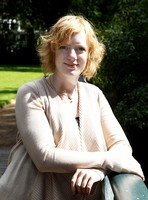
In the domain of non-fiction, a command over style and intellectual pyrotechnics can function as a kind of dazzling bluff: Verbal excess and the right literary references can conceal how some writers are actually dilettantes lacking the requisite control over their subject matter. Although the distinction between form and content may seem belaboured, the claim that Erika Fatland makes her mark as an author with a remarkably solid grounding in empiricism has meaning.
Through three documentary books – one about terrorism in Beslan, one about 22 July and one about post-Soviet Central Asia – she has above all demonstrated that she is a sharp observer and an outstanding interviewer. The debut book Englebyen (The City of Angels) was based on her work with a Master’s degree thesis in social anthropology and investigates the grief work of those whose lives were turned upside down following the brutal and fatal attack on the city’s primary school on the first day of school after the summer holiday.
The book demonstrates what will prove to be Fatland’s true qualities: She is a sensitive portrayer of human beings and allows us to meet the bereaved survivors in Beslan without ever creating the illusion that we will be able to fully know or understand them. This ability will serve her very well in the travel account Sovjetistan (Sovietistan), where the majority of those she meets belong to a culture and life-world radically different from her own.
Furthermore, Fatland is a bold traveller who combines the most obvious tourist destinations with remote objectives. She stands in front of monuments that countless travel writers have described before her, but she also sits at the dinner table in mountain regions that seldom receive Western visitors, not to mention Norwegian literary treatment. The most obvious aspect of her boldness is also found in how she at times moves so drastically far off the beaten track that the reader becomes concerned for her safety.
The portion of her work that is written for adults (Fatland has also written a children’s book) shows a clear ascent in quality. The Beslan book has perhaps the clearest theme, while in her treatment of the terrorism of 22 July she has taken significant steps forward as a literary journalist. With Sovjetistan Fatland demonstrates the full scope of her abilities: The breadth of the investigations is beautifully balanced with the depth of the accounts about the environmental catastrophe that is the Aral Sea, or the bizarre dictatorships in the region or the women subjected to marriage by abduction.
Upon her debut, Erika Fatland made her mark as a solid disseminator of knowledge, while now we also read her for her literary prowess, and as such that knowledge acquires an even deeper hold on us.
Read more about Fatland here.
And see NORLA’s presentation of Sovjetistan here.
Anne Helene Guddal
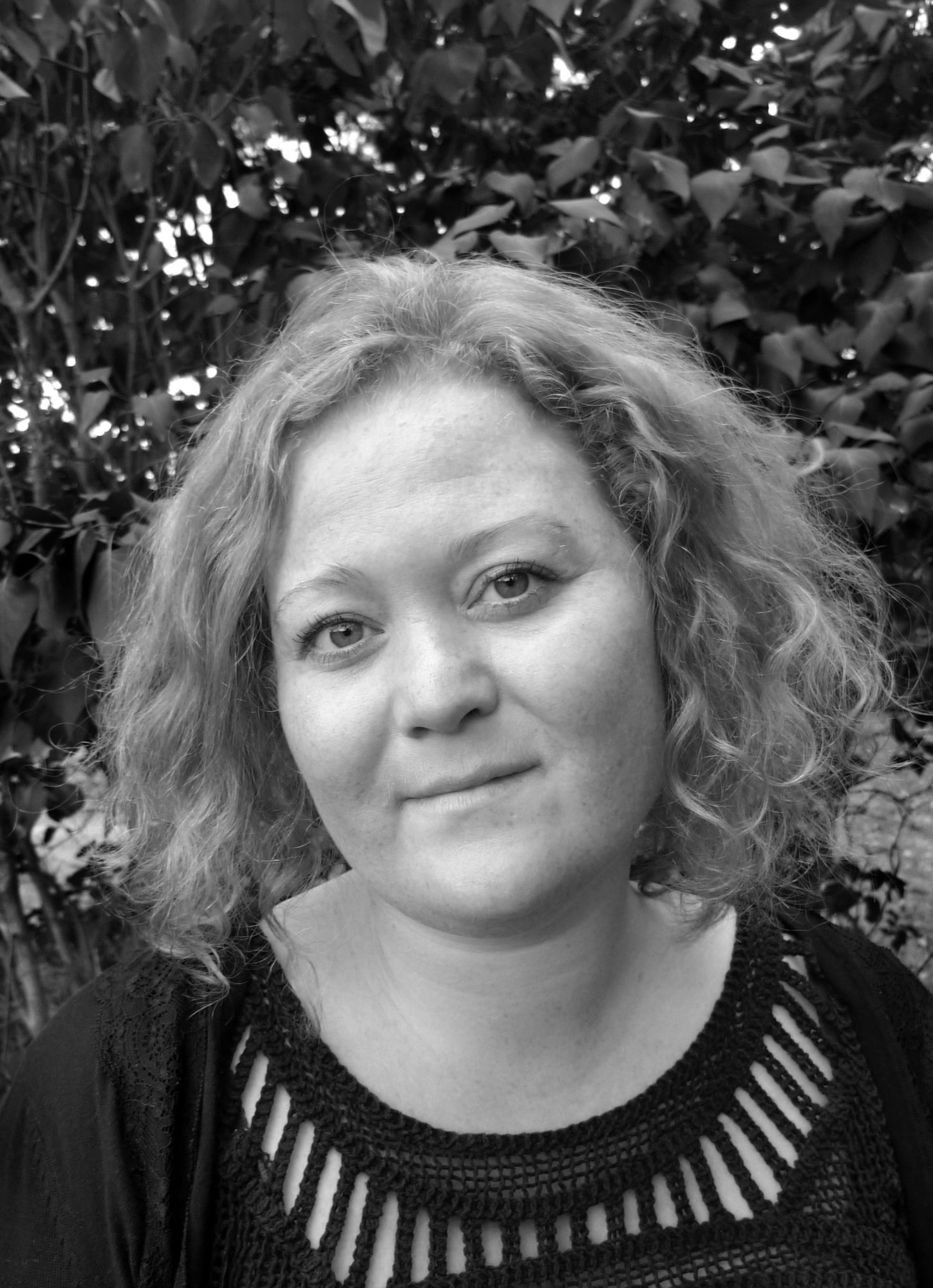
Også det uforsonlige finnes (The Irreconcilable Also Exists), published autumn 2014, was quickly crowned the best poetry book of the year by a number of critics. It is rare that debut authors, regardless of the literary genre, receive so much recognition. In the case of Anne Helene Guddal there is every reason for the reader to sit up and take note.
Guddal’s poems create a language which touches the reader with existential gravity through the use of few images. Rather than poetic imagery, it speaks a language of immediacy. The tone has a no-nonsense quality, as if it is saying that this is exactly how it is. It is an unvarnished rendition. Guddal invites the reader to come up close to a lonely first-person voice, a voice that finds expression for loneliness’ shame. It is an acutely existential mode. It can come across as disillusionment, as when the entreaty purports to be directed to “a blessed untoward face” (“et velsigna bortvendt ansikt”). Is it me she’s describing?
This first person narrator views the world with a firmness and autonomy that is both impressive and gratifying. At the same time, Guddal writes her way into a poetic tradition for which Tor Ulven and Gunvor Hofmo have set the standard. Both wrote openly about existential pain, depression and suffering. Like her precursors, Guddal uses the poetic form not solely to express a life view, experiences from psychiatry, but also to create a language that is responsive to how life is lived. She implicates the reader’s empathy.
The poems reflect upon the relation between life and letters: “I can’t stop thinking about forgiveness. It is far too large a word for something there is far too little of. I accept hyperbole only in literature.” The language is simple, but leaves riddles in its wake. It is without illusions, but not without dreams.
The “irreconcilable” title is a reflection, an indication of something contrary or insolent. A reconciliation reinstates something previously destroyed or interrupted. Here it is perhaps loneliness that has introduced a breach. About loneliness, it is submitted that it “knows no entitlement to the public space: / One cannot plead the case of loneliness.”
All the same, this is just what the poems do, without wishing to mitigate or compromise the fundamental life view. As such it is perhaps not completely unreasonable to read the book as a poetic, defiant response to the self-help literature and culture that is haunted by an obsession with self-esteem.
Some of Guddal’s poems serve as a corrective or reminder of what the collective society represses when it creates itself as a collective. The defiance is crystal clear when the mutual exchanges imbibe us into the fold:
Også det uforsonlige finnes
i alt det som ikke kan annet
enn å strekke seg uforferdet framover
står noe glasshardt med ryggen til
The irreconcilable also exists
in everything that can but
reach for the future without flinching
stand hard as glass, with the back turned
The jury would also mention that Anne Helene Guddal is a fearless essayist. She has published texts such as the brilliant “The Ultimate Mixtape” in Vagant, where she is also a member of the editorial staff.
Read more about Guddal (in Norwegian) here.
Ida Hegazi Høyer
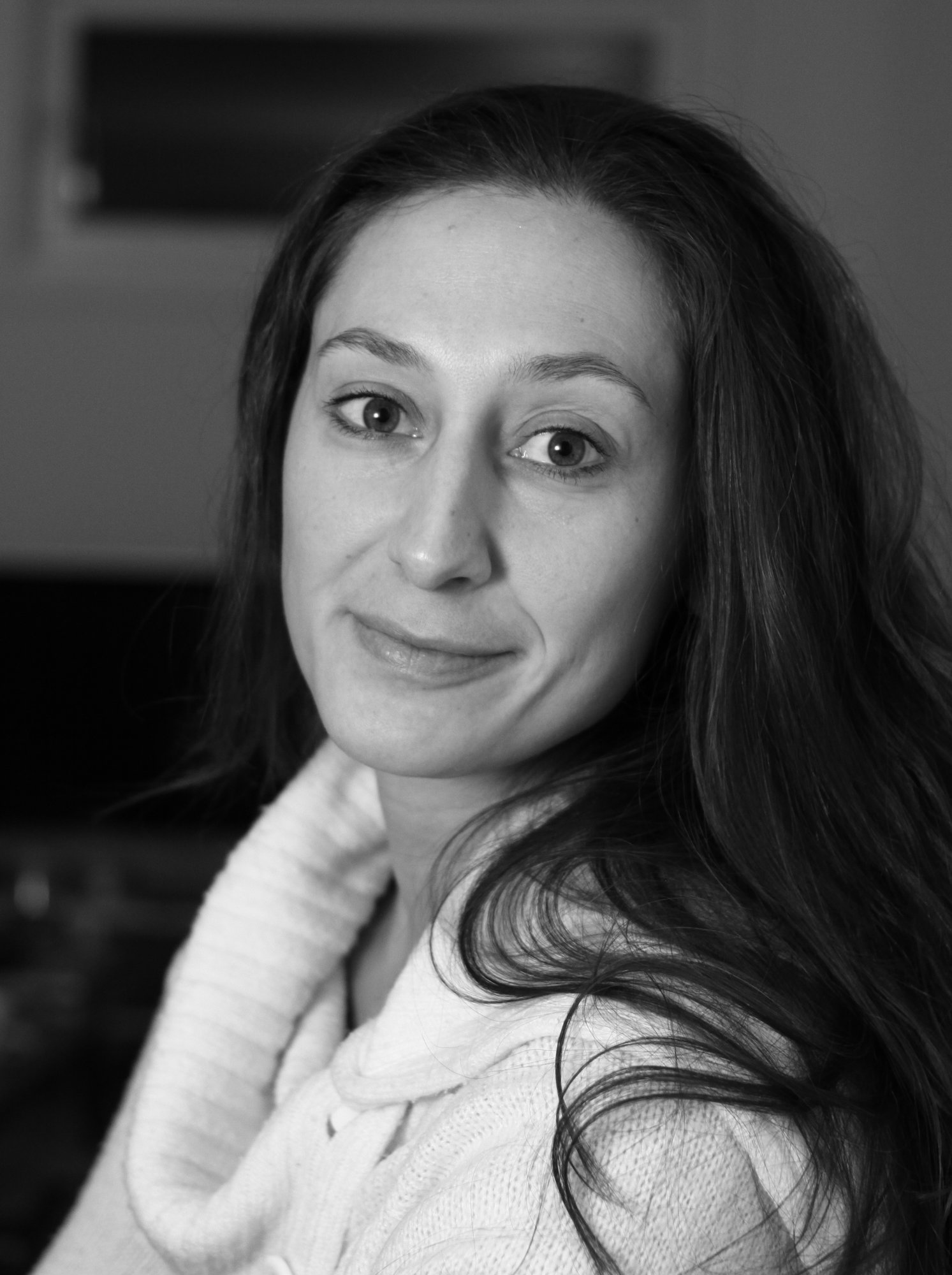
Ida Hegazi Høyer is on her way to establishing a body of work made up of novels that originate and at the same time step away from so-called surface realism. Hegazi Høyer has published three novels in three years, and in the books the setting has such a strong presence that it is natural to read the novels as part of one and the same project. She enters a familiar landscape, and the rhythm, the musicality carries us onward, to a place we perhaps don’t know of or have never been to before. By introducing new events and twists in events we could not have foreseen, the author changes our way of seeing. How we see ourselves in the mirror. How we look at the world. How we explore and challenge that which is repressed in the Norwegian, slick-as-oil society of facades.
In the debut novel Under Verden (Under the World) (2012) Hegazi Høyer sketches a character and milieu portrait of a woman in Aurskog Høland, the municipality in Akershus with the most bodies of water and the greatest land area, and a forest that grows large enough to encompass a village and a novel’s universe of 613 inhabitants. With the raw, circling and poetic documentary style, the author stands out as a credible narrator willing to experiment in her account of life as a newly arrived resident in the municipality. Under Verden is a provocative and well-composed novel about a young woman who works at the clothing chain store Cubus, about her meetings with the village monster and the Monster within.
In Ut (Out) (2013) Hegazi Høyer poses questions about the vision of humanity that reigns within our institutions, and behind the question marks an exclamation point can be discerned. She keenly sharpens her sights on the life of a family, and shows how love and power can assume abusive and astonishing forms. In Ut we are shown what happens when a dutiful and hard-working mother one day suddenly ceases to be enchanted by her own child and what happens when a low-paid worker from the caring professions takes the institutionalized impotency, in the meeting with those most in need of care, into her own hands.
In Unnskyld (Forgive Me) (2014) a young woman meets a slightly older man and almost immediately, in a state of hypnotic infatuation, they move in together. Unnskyld is a novel wherein the love of youth becomes entangled with downfall. It is about repression and self-defence, written in a restless language inducing reflection in the reader.
With a gaze that knows the main characters inside and out, Ida Hegazi Høyer describes the small movements we perhaps perform daily but scarcely notice ourselves performing. The author injects something new into them, and presents them in an associative light, which is at the same time both familiar and strange. She writes about shiny facades, about that which is mirrored in the facade and our clumsy movements behind the façade − inside our houses, in romantic relationships, in the family and in the institution. The author explores what the relativistic powerlessness can do to us, and challenges us to see and acknowledge what a person in such a society is worth, or should be worth.
See NORLA’s presentation of Høyer and her novel Unnskyld here.
Rebecca Kjelland
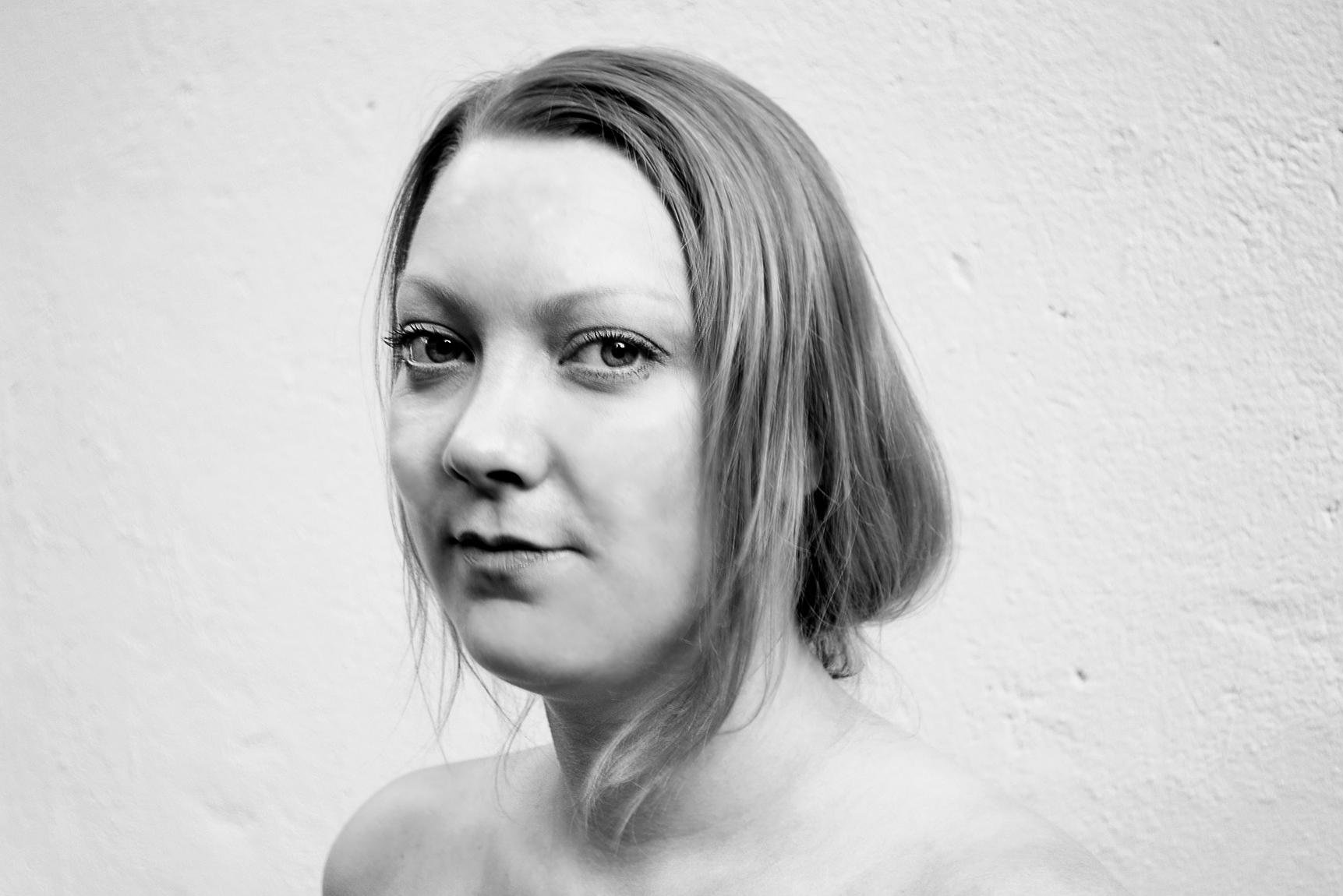
Rebecca Kjelland is the poet soiled with blood who comes strolling up with a shotgun on her back and a harp in her hand, who in powerful surges explores what lies behind language’s tiniest and most extreme atoms, who writes a log from the Norwegian Labour and Welfare Administration office in Sagene, and daily reports from the forests of Hedmarken and a flat near Alexander Kiellands plass in Oslo.
From the first aggressive chord in 2007 when Rebecca Kjelland debuted with the poetry collection Akkorda under fluktlinja, (Chords Beneath the Line of Flight) this poet has demonstrated a rich repertoire, with the ability to allow several notes to sound simultaneously. The musical mind has been locked up inside a body, where the exchanges feel as acute and defined as a clenched fist, where “atoms in empty space drop out of gravity / a ruthlessly random legally exempt collision/ they are going upside round in an open space here and / run she’s comin’ with a gun , before the temperature and temperament in Rebecca Kjelland’s poems are transformed into a rhythmically solid witches’ dance, from Momarken to the city of Hamar in the collection Leve gammaldansen! (Long Live Norwegian Folk Dance)(2011).
What kind of dance or poetry does this imply? These are poems in which the desperation and momentum shift upward into a higher, folk art form. Leve gammaldansen! is a dangling docu-poem based on an existential argument. It is about nights out on the town, fiddlers, allusions to Prøysen, rattatta, ’taters, cash flow anxiety, an injured old woman and a cat from the wrong side of town in Eiker, where the Torader trio, Ivar Medaas, Bjørnstjerne Bjørnson, Alf Prøysen, OnklP and Vazelina Bilopphøggers sing and dance along.
It is powerful and not exactly beautiful. It feels safe and completely unsafe. It is written in a fractured language, dependent upon its own fractures, where the combination of contrasts in the attempt to communicate and challenge the limits of language are stretched to the breaking point, from a nervous, nail-spitting rage, through madcap, lively dance band poems that kick themselves out of their own structure. And to put it in the poet’s own words in the last part of the collection Ute av skog (Out of the Woods) (2013): “it’s the feeling of alienation: / I walk into the door, I trip on the stairway, I need to find my feet (…)/ I lose my face / in the gravel. (…)”
Rebecca Kjelland is the one who dreams in a bed overflowing with words she doesn’t know while the ballerina in the music box moans, and in a completely natural contradiction she sees “(…) a crack that grows larger / becomes whole”.
Read more about Rebecca Kjelland (in Norwegian) here and here.
Erlend O. Nødtvedt
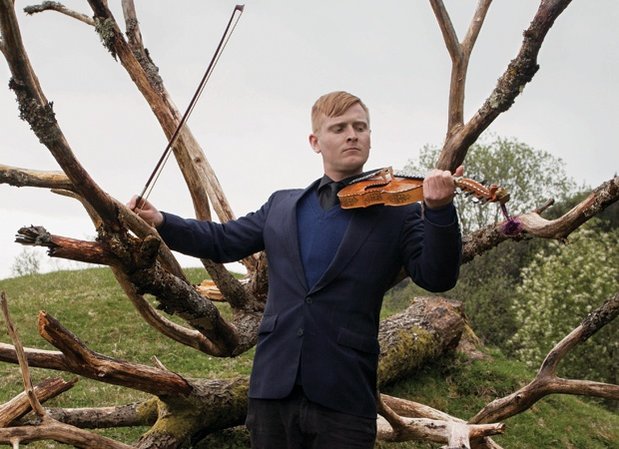
Erlend O. Nødtvedt has brought the tradition of Norwegian poetry a much needed element of irreverent allusions to tradition, of humour, and faith in language’s sound-conjuring layers to the detriment of a normal linguistic production of meaning and well-behaved semantics. His performances of his poems make it fun to attend poetry readings. Nødtvedt’s poetry sings, performs antics, and jests with a comic gravity.
From the first syllable of Harudes (“Charudes”) the Norwegian national poetry heritage is invoked: “It’s drea we carr // som wonder happen/ th has // th ti open // th hea op // th doo open // th well wi lea // th dream wi op // th we o morni sli i// a harb we nev know.”
Readers may quickly recognize Olav H. Hauge’s “Det er den draumen” (“This is the Dream”) as the original source. The lethargic pronunciation, the stump removal of vowels and consonants, continues only to a point where the fragments are still recognizable. But what is this apple-cheeked lad really doing with Hauge and the tradition?
Since the glory days of modernism, in a long series of innovative, literary techniques, many writing styles were developed that lay bare the tradition’s strategies, worn-out figures or tropes that are considered dead clichés. The parody is a genre that reveals the object of its attentions to be objectionable and over-rated, and thereby subverts not only the object but also all the archaic reception surrounding it. Nødtvedt moves in a completely different direction.
What Nødtvedt does is rather turn things up a notch or two. He exaggerates the resonance in the resonance, exaggerates the poetic in the poetic, exaggerates the archaic in the archaic, in the pathos-ridden, the verbal patina and the disgruntled breaks. Is it the under-played, out-of-place sonority and subtlety that is exposed as something a bit ridiculous? It is not heartless, there is no shortage of affection, but we do perhaps learn to love Hauge in a slightly different way? The teasing, the warmth, the eroticism, the approachability, and the exaggeration bring our thoughts as far as Harald Heide-Steen’s figure Sylfest Strutle (who performed «Du gamle Noreg» (“Good Old Norway”) with a pomposity that brought tears of mirth to our eyes), and a verbal virtuoso such as Bare Egil. Also Erlend O. Nødtvedt brings to Norwegian poetry a kind of humour, the blueprint of which is not easily deduced.
Another poet to whom this pickpocket from Bergen pays a visit, is Olav Nygaard and his Late Romantic symbolism. By spinning upon Nygaard’s vibrant neologisms, Nødtvedt’s poetry is nurtured with the energy to take the autobiographical tendency of the literature of our times in a unique direction. Bergens beskrivelse (“Description of Bergen”) and Trollsuiten (“The Troll Suite”) are both autobiographical. They investigate the Western Norwegian penchant for self-promotion and self-derision in the form of a road trip through our time, and Baroque and mythical time. The Nødtvedt who emerges from the other side of the Norwegian saga and mythology mill, in an express wish to transgress his own boundaries, has by his own testimony been accompanied by the seductive wood nymphs of Norwegian folklore and allowed himself to be bewitched into areas where few dare tread:
i ovørsket nattevei
ufsetåker tunge
blodgnisthindrer rimlagt barm
huj en helsk stormnatt
dølneste gråskoddehette
sinnet står i gåsehud det skygger
så svart det suser så rart
a delirious night trek
headlands ponderous
bloodsparksimpede frosted refuge
any oldish stormy night
dankest greybrumehood
goosebumps in the mind obscure
how darkly it rushes how strange
Read more about Nødtvedt here (in Norwegian).
Agnes Ravatn
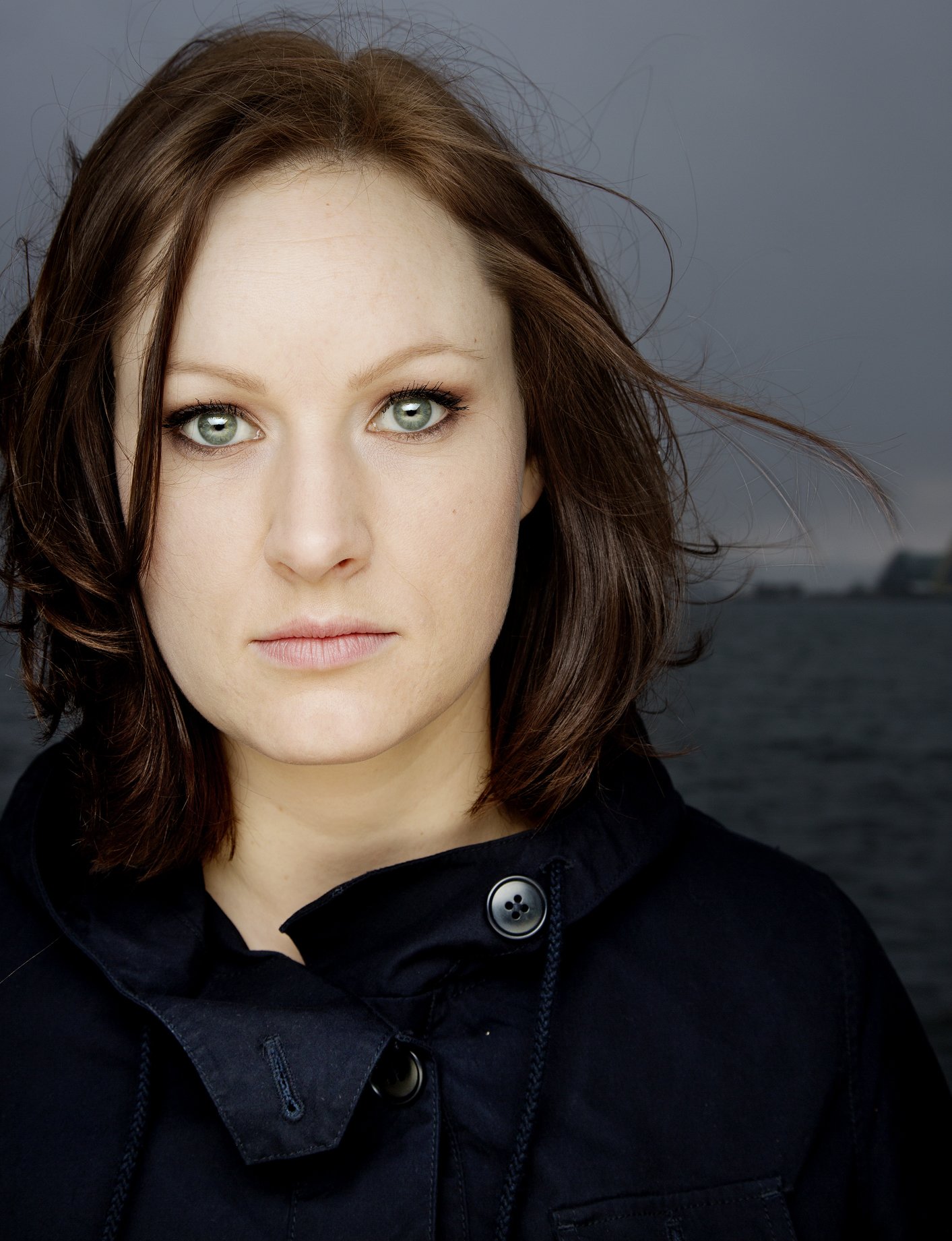
There is already a before and after Agnes Ravatn in the Norwegian essay tradition. Her razor-sharp and often surprising analyses of our times are satirical masterpieces. The world is depicted with great integrity from the perspective of the blasé neurotic, with a captivating combination of knowledge, humour and an advanced form of nonchalance. Ravatn has, as one of very few, received awards for journalism, novels and non-fiction, including the Hestenes Award, P2 Listeners Novel Prize, Young People’s Critics’ Prize and the Language Council of Norway’s Language Prize for excellent use of New Norwegian in non-fiction.
Ravatn appears thus capable of conquering any genre: She has published the cult fanzine Ikke til hjemlån, (“For In-house Use Only”) (2008), the long poem Ikkje (“Not”) (2013), translated dramas and edited several anthologies. But it is as a novelist that she has experienced her true breakthrough, and as an essayist she truly shines.
The debut novel Veke 53, (“Week 53”) from 2007 is a burlesque and indefatigable novel about male breakdown and crisis in the teacher’s lounge, told with both warmth and a sting. Fugletribunalet (“The Bird Tribunal”) (2013) describes a drama about shame and reconciliation with greater darkness and eeriness than any of her other texts.
Three non-fiction publications, Stillstand, Sivilsasjonskritikk på lågt nivå (“Standstill. An Unambitious Critique of Civilization”) (2009), Folkelesnad, (“Reading Materials for the People”) (2011) and Operasjon sjøldisiplin, (“Operation Self-discipline”) (2014), provide an overall impression that everything the essayist Ravatn touches turns to gold and even though thematically speaking she is clearly reaching for lead: Places ”where nothing out of the ordinary happens”, the women’s magazine genre, and useful tools for self-discipline. The wording and style are guffaw inducing, and experienced as original, illuminating and liberating. With a biting irony and an aversion to petrified forms, little by little the spirit of our times is disclosed. The method raises the bar extremely high with respect to Ravatn’s own degree of precision: if she addresses the paradoxical of each and every statement and sees through each and every position, she cannot deliver glib observations or evade her own ruthless gaze. And she does not − at least not without personally commenting upon it.
Ravatn’s literary voice contributes to the high quality. The audacious, tightly-wound free-thinker is an irresistible figure full of contrasts. One minute an ancient aesthete comes to life, impatient with the uneducated and the vulgar, the next a boorish teenager who is twiddling with a smart phone and scoffing at all authority figures. She often comes across as a sarcastic misanthrope but a misanthrope with empathy. When this somewhat grumpy, repellent, somewhat curious or indulgent gaze is directed towards the world, it leads to liberating, unpredictable texts.
With her extensive and convincing body of work Ravatn is to be considered a rare talent in Norwegian contemporary literature.
Read more about Ravatn on Hagen Agency’s homepage.
See NORLA’s presentation on her novel Fugletribunalet here.
Nils Henrik Smith
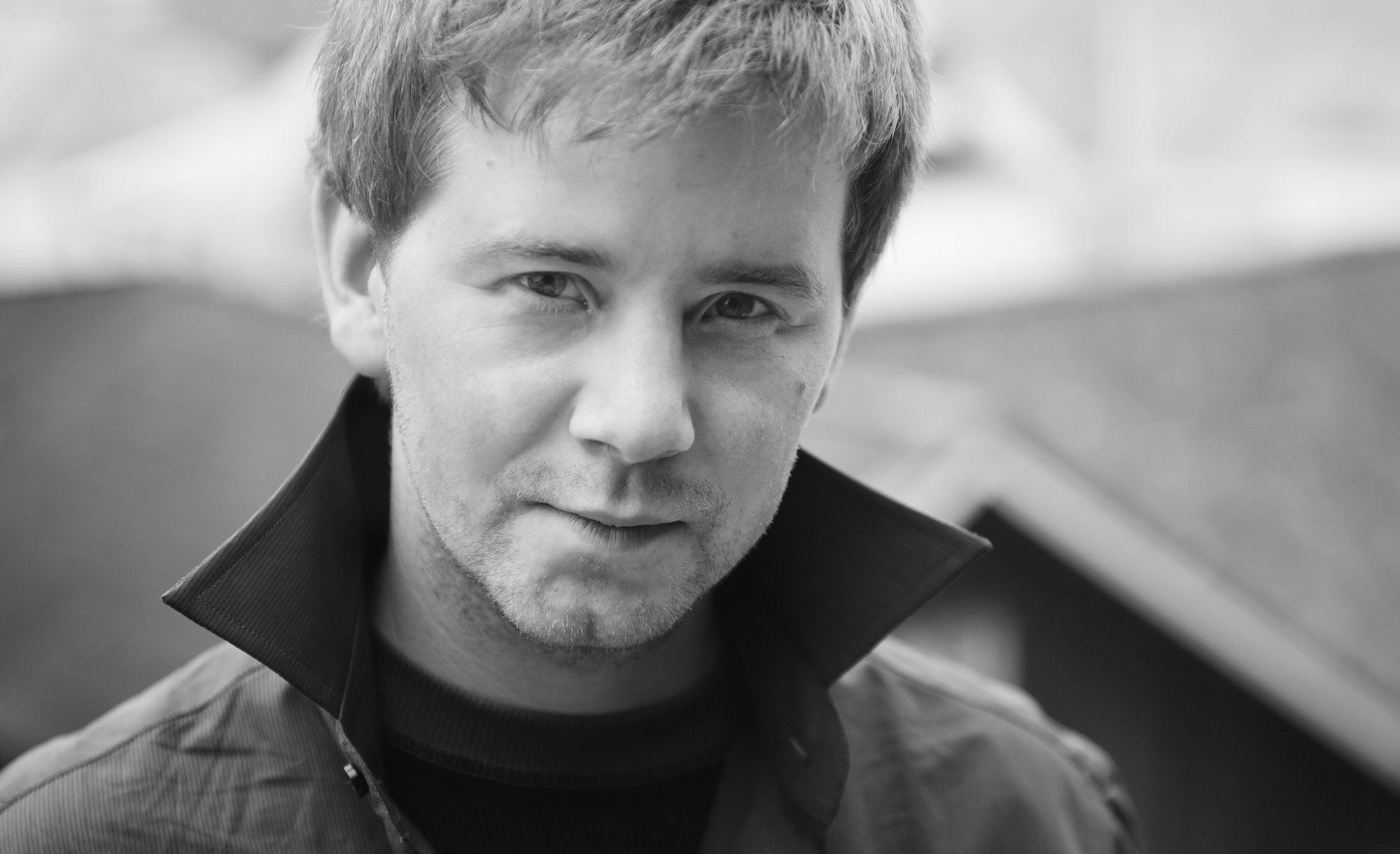
In all of Nils Henrik Smith’s novels we meet a main character at a decisive turning point – a turning point that simultaneously allows space for a lengthy retrospective. Smith does not write A to Z books; the narration unfolds here in all directions. The reader receives ever new pieces of the character’s life, pieces that accumulate and produce a more and more complex image of the whole. This narrative style creates a wholly unique tone and it is precisely the voice that is also the foremost quality of Smith’s literary production.
The philosophy student Aksel in Manhattan skyline is 26 years old when he sees the terrorist attack of 9-11 on TV. A mere month later his mother commits suicide. Aksel is longing for a language that can change the world, but the language he has at his disposal has lost its meaning. He is writing his final thesis on Wittgenstein of all things, the philosopher he hates the most. However, the two airplanes that crash into the towers provide fertile conditions for a new language. Aksel becomes fascinated by the Bush administration’s use of language in the aftermath of the terrorist attack.
In Austerrike (Austria) a 33-year-old lawyer employed in a multinational company is being interrogated in connection with a crime of an extremely grotesque nature. There is something Kafka-esque about the monologues. The concept of truth is challenged. One glimpses the lie beneath the truth, the amorality behind the morality.
In Se ilden lyse over jord (Watch the Fire Light the Earth) a 61-year-old roads engineer has travelled to Minsk in White Russia to meet a young woman he became acquainted with through a website. In this story it is, to quote André Malraux, “man’s lot” that is elucidated.
Smith’s main characters have otherwise a number of shared characteristics. All three pass out in critical situations. All three find that they do not in any sense know the people closest to them. All three suffer from a failure to understand. This is most pronounced in Austerrike which is teeming with “I can’t explain it”. The grandfather in the book has Alzheimer’s disease, and it can appear as if the first person narrator is afflicted by a kind of narrative Alzheimer’s. In the first two books, which contain associations to The Stranger by Camus, existence is depicted as absurd. A mother’s funeral plays otherwise an important part in Manhattan skyline, as it also does in Camus’ novel.
A predominant feature of Smith’s literary production is the virtuosity of the language. But while the first two books have passages made up of short, staccato sentences, suggestive of an almost panicky shortness of breath, the last novel is characterized by a consistently fluid language, which indicates something clarified, a slow coming to terms with the self. The often long sentences with their many dependent clauses and parenthetical phrases reflect the novel’s composition, with its intricate chronology, interwoven with retrospective passages and digressions.
The main characters in the first books are busy with their own respective wars. But both remain disillusioned, they are each in their own way an Arild Asnes failing to find an ideology. In the last, more epic novel on the other hand, the main character reaches a tentative understanding, about himself and about society. Also a surprising story about the terrorism of 22 July contributes to this.
So while Aksel, perhaps, chooses to disappear without a trace, and the first person narrator in Austerrike, perhaps, commits a grotesque crime, the 61-year-old in the end of La ilden lys over jord stands on a ridge in White Russia, at the start of a new romance. It has been an unpredictable journey, he thinks, and this element of uncertainty – the unpredictable dimension of every human life – is one of the main themes of Nils Henrik Smith’s literary works.
Read more about Smith and his novel Se ilden lyse over jord here.
See NORLA’s presentation of Austerrike here.
Lars Petter Sveen
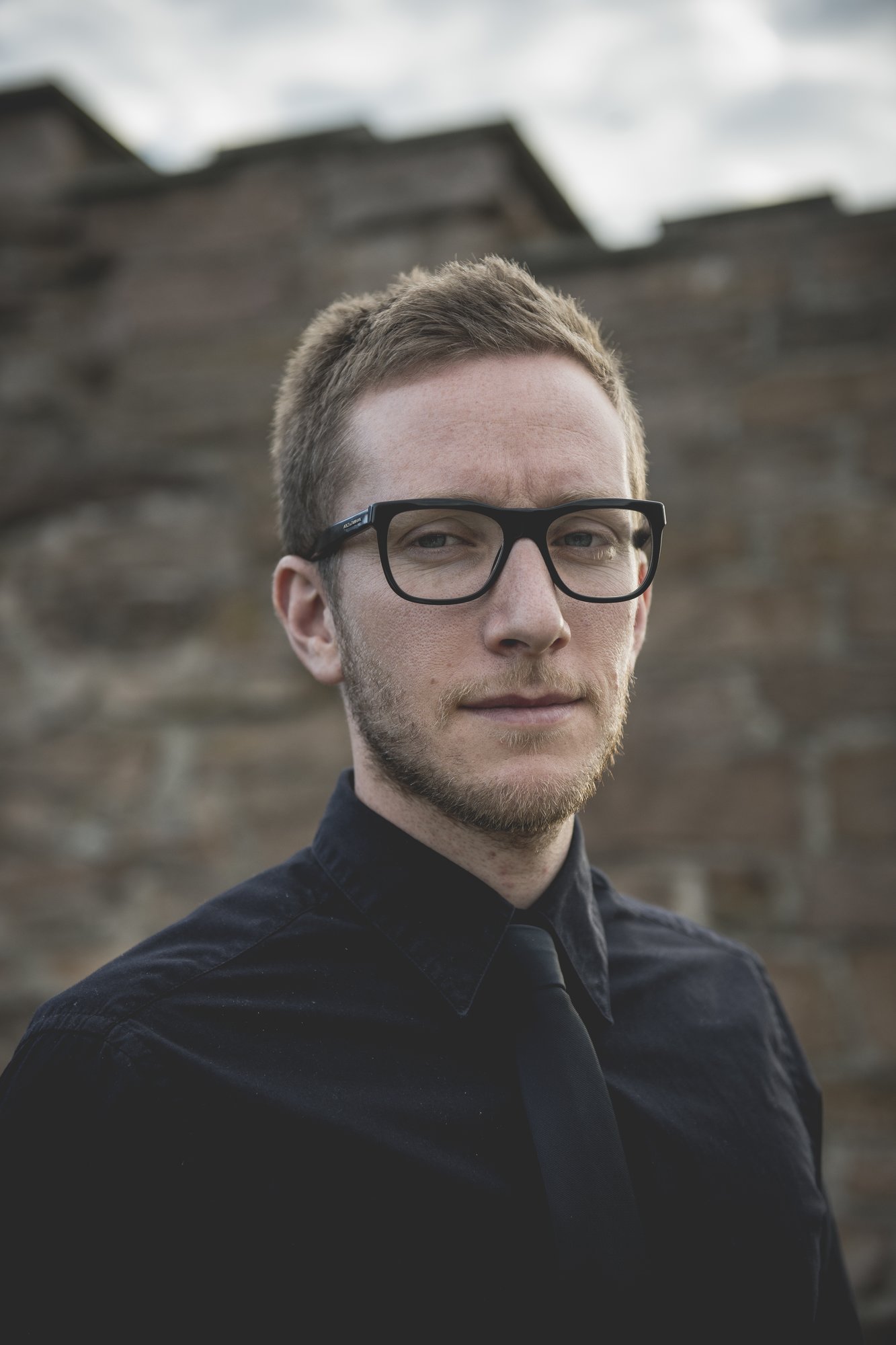
It’s not often that a book enjoys such enthusiastic reception as Lars Petter Sveen’s Guds barn (Children of God). One of the explanations can be that this novel shows the potential of what the Russian formalists called the aesthetics of alienation. Because what Sveen does is to “make strange” a story that has for many become a cliché. In Guds barn Sveen enables the reader to see a hackneyed Bible story through new eyes.
Perhaps one is even a bit frightened. Sveen moves into the cracks of the gospels and tells other stories, not least of the kind that are dark in nature. Few readers will forget the omniscient representation of evil, a man who appears in many guises, but always accompanied by the phrase "I can’t see, but I see a lot.” Several well-known stories are pulled down to earth, or virtually down into the mud. There has been talk about dirty realism, but Sveen creates a kind of dirty metaphysics.
It is astonishing to see how much of Guds barn there is, in spite of time and place, in the debut book’s short stories, both in the way that Sveen employs material from the bible, such as in “Ein gal guts dagbok” (“A Crazy Boy’s Diary”), and by how he in ”Bankeånd” (“Poltergeist”), ”Søner” (“Sons”) and ”Den framande” (“The Stranger”), the strongest of the collection, shows how porous the walls are between the living and the dead. This expanded realism is developed further in Guds barn. You may find yourself crawling into Hades at any moment.
But it is in his second book, the novel Eg kjem tilbake (I’ll Be Back) that we meet Sveen’s astonishing originality for the first time. The leap in quality, the choice to write differently, happens here and not in Guds barn. Eg kjem tilbake is as clear a forerunner for Guds barn, as John the Baptist was for Jesus Christ. The short stories also contain components of truly excellent literature, but it is in his first novel that Sveen really ventures into the heart of darkness in search of a glimpse of light. There are competing accounts. Who shall we believe? Particularly the enigmatic Krane gradually emerges as a saviour figure, a Mr. Kurtz who becomes a Messiah, even leaving behind “sacred books”. And it is here, in the forest, that we meet a darkness one can but fumble one’s way through, a darkness which in Guds barn comes tumbling out of the walls, becomes a living, crawling creature. By making the story − about the city and the forest, bands of robbers and gangs of kids, the cycle of violence and murder − almost timeless, he has simultaneously made it current, also at the political level.
The penchant for a setting of indeterminate time and place, which begins with Eg kjem tilbake, can bring to mind authors such as Pär Lagerkvist and books such as Dvärgen (The Dwarf) and Barabbas; books with natural elements of poetry in the prose, books about the relation between good and evil, about the meaninglessness of life. Like Lagerkvist, Sveen couples the existential theme with the theme of social activism (notice how much there is about terrorism in Guds barn).
In all of Sveen’s books we meet with the incomprehensible, with mysteries large and small, whether they take place in Fræna or in Galilee. What is new in Guds barn, is the mastery of the composition, how the different stories and fragments are woven together. Somebody says at one point that all human beings are made up of many stories, but it isn’t up to us to figure out how these stories fit together, it isn’t possible to discern the pattern. Sveen has at least offered us a helping hand along the way.
Read more about Sveen on the homepage of Aschehoug Agency.
See NORLA’s presentation of Guds barn here.
Read Morgenbladet’s interview with members of the jury (in Norwegian) here.
